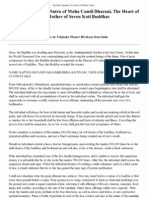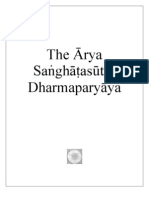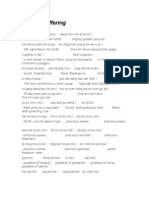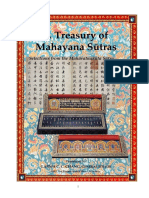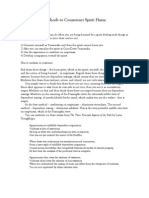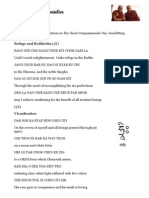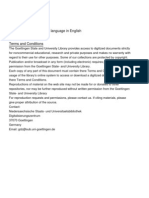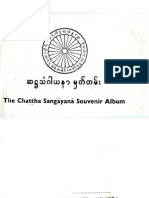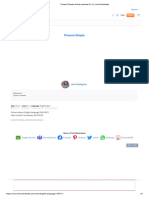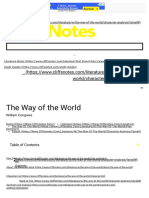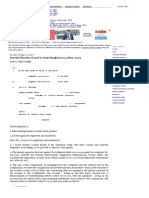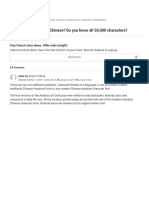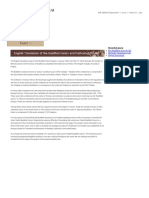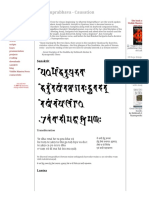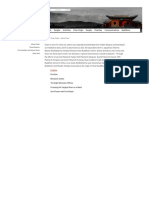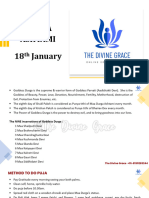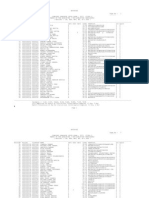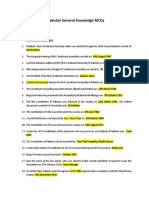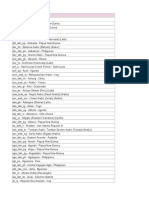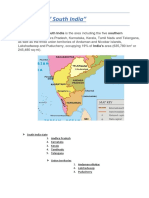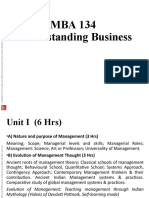100% found this document useful (1 vote)
786 views4 pagesSiddham (Bonji) Script
The Siddham script is a descendant of the Brahmi script used to write Sanskrit. It was introduced to Japan in 806 AD by Kukai and is known as 梵字 (bonji) in Japanese. It is a syllabic alphabet that is written from left to right in horizontal lines. The document provides samples of the script including vowels, consonants, and a short Sanskrit text. It also includes links to additional information about the Siddham script and fonts.
Uploaded by
Atanu DattaCopyright
© © All Rights Reserved
We take content rights seriously. If you suspect this is your content, claim it here.
Available Formats
Download as PDF, TXT or read online on Scribd
100% found this document useful (1 vote)
786 views4 pagesSiddham (Bonji) Script
The Siddham script is a descendant of the Brahmi script used to write Sanskrit. It was introduced to Japan in 806 AD by Kukai and is known as 梵字 (bonji) in Japanese. It is a syllabic alphabet that is written from left to right in horizontal lines. The document provides samples of the script including vowels, consonants, and a short Sanskrit text. It also includes links to additional information about the Siddham script and fonts.
Uploaded by
Atanu DattaCopyright
© © All Rights Reserved
We take content rights seriously. If you suspect this is your content, claim it here.
Available Formats
Download as PDF, TXT or read online on Scribd
/ 4








